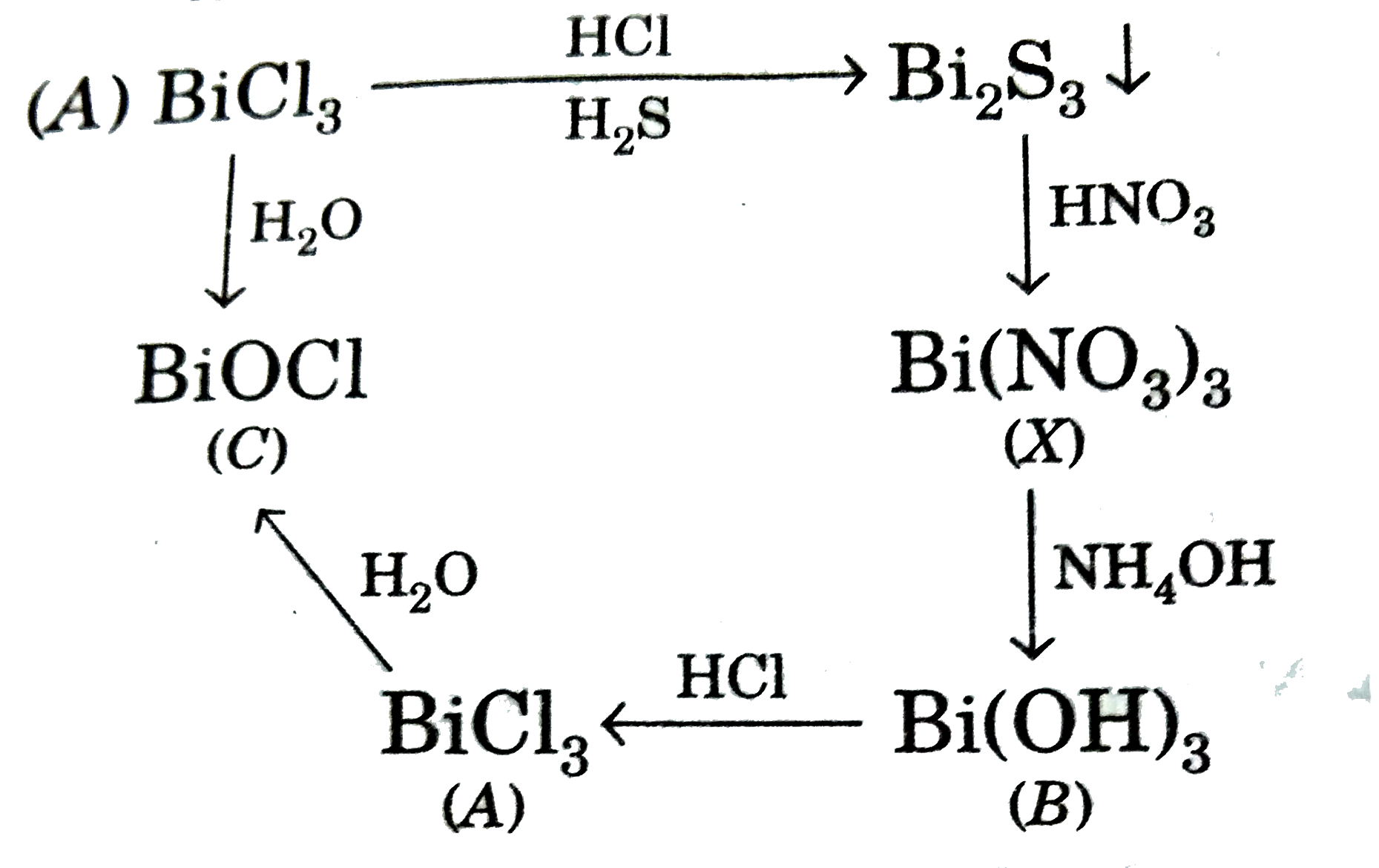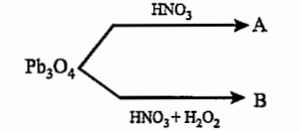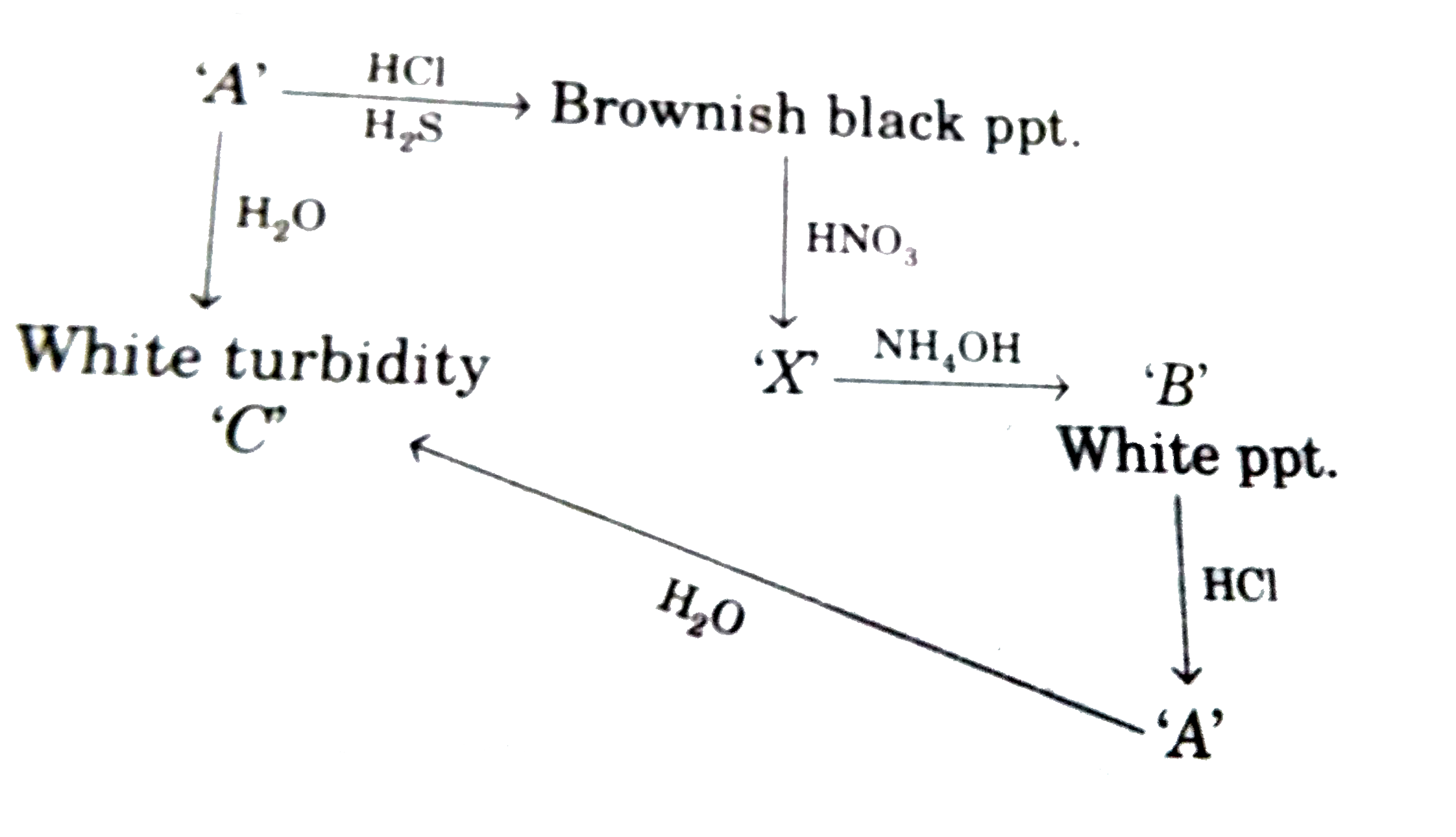
Compound A,B and C are respectively:
BiCI3,Bi(OH)3 and BiOCI
Bi(OH)3,BiCI3 and BiOCI
Bi(OH)3,BiOCI and Bi(OH)3
BiCI3,BiOCI and BiOCI
The correct Answer is:A
Topper's Solved these Questions
- BOOK - GRB PUBLICATIONCHAPTER - SALT ANALYSISEXERCISE - I. IIIrd Group Cations36videos
SALT ANALYSIS
- BOOK - GRB PUBLICATIONCHAPTER - SALT ANALYSISEXERCISE - J: IVth Group Cations24videos
SALT ANALYSIS
- BOOK - GRB PUBLICATIONCHAPTER - SALT ANALYSISEXERCISE - G: Ist Group Cations20videos
SALT ANALYSIS
- BOOK - GRB PUBLICATIONCHAPTER - S BLOCK ELEMENTSEXERCISE - SUBJECTIVE TYPE9videos
S BLOCK ELEMENTS
- BOOK - GRB PUBLICATIONCHAPTER - THERMODYNAMICSEXERCISE - All Questions704videos
THERMODYNAMICS
Similar Questions
Knowledge Check
- Question 1 - Select One
In the reaction ,

The compounds A,B and C are respectivelyAbenzene, nitrobenzene and anilineBbenzene, dinitrobenzene and m-toluidineCtoluene, nitrobenzene and m-toluidineDbenzene, nitrobenzene and hydrazobenzene. - Question 2 - Select One
In the following chemical reactions, the compounds A and B are respectively:
 ABenzene diazonium chloride and benzonitrileBNitrobenzene and chlorobenzeneCPhenol and bromobenzeneDFluorobenzene and phenol
ABenzene diazonium chloride and benzonitrileBNitrobenzene and chlorobenzeneCPhenol and bromobenzeneDFluorobenzene and phenol - Question 3 - Select One
(i)A blue coloured compound (A) on heating gives two product (B) & (C).
(ii)A metal (D) is deposited on passing hydrogen through heated (B).
(iii)The solution of (B) in HCl on treatment with the [Fe(CN)6]4− gives a chocolate brown coloured precipitate of compound (E).
(iv)(C) turns lime water milky which disappears on continuous passage of (C) forming a compound (F).
Identigfy (A) to (F) and give chemical equations for the reactions at step (i) to (iv).ACuS,SO2BCuO,CO2CFeO,H2SDCr2O3,CO
In the following chemical reactions, the compounds A and B are respectively :
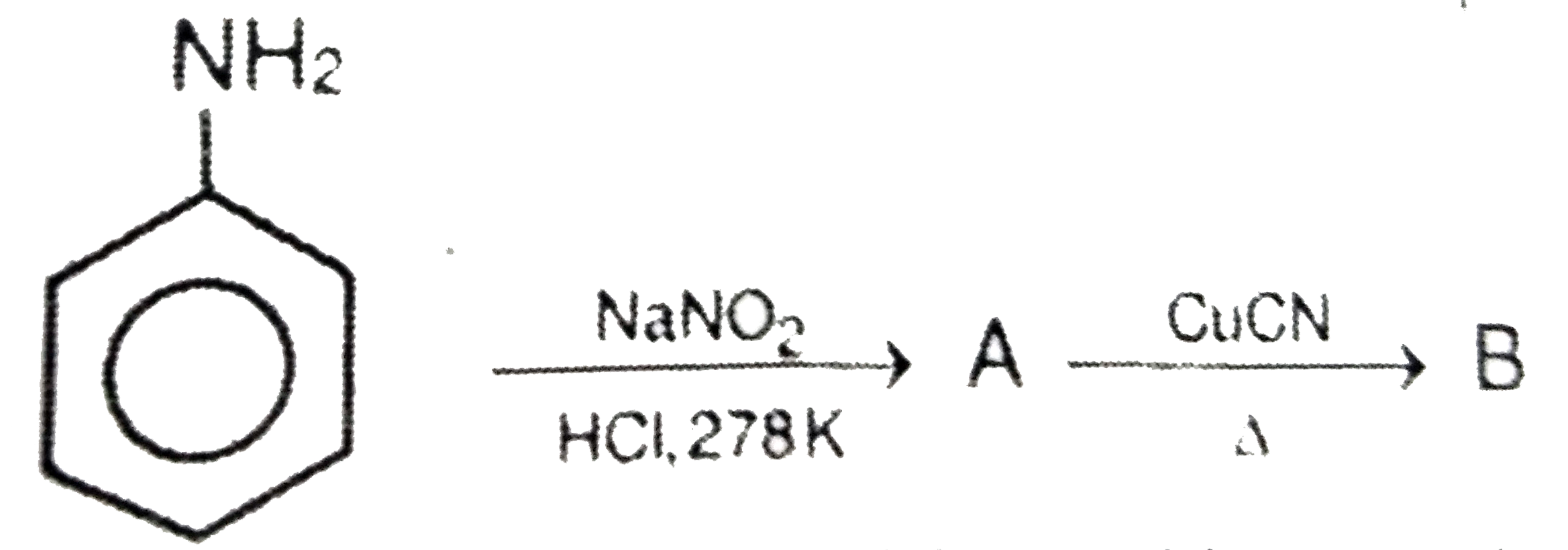 View Solution
View Solution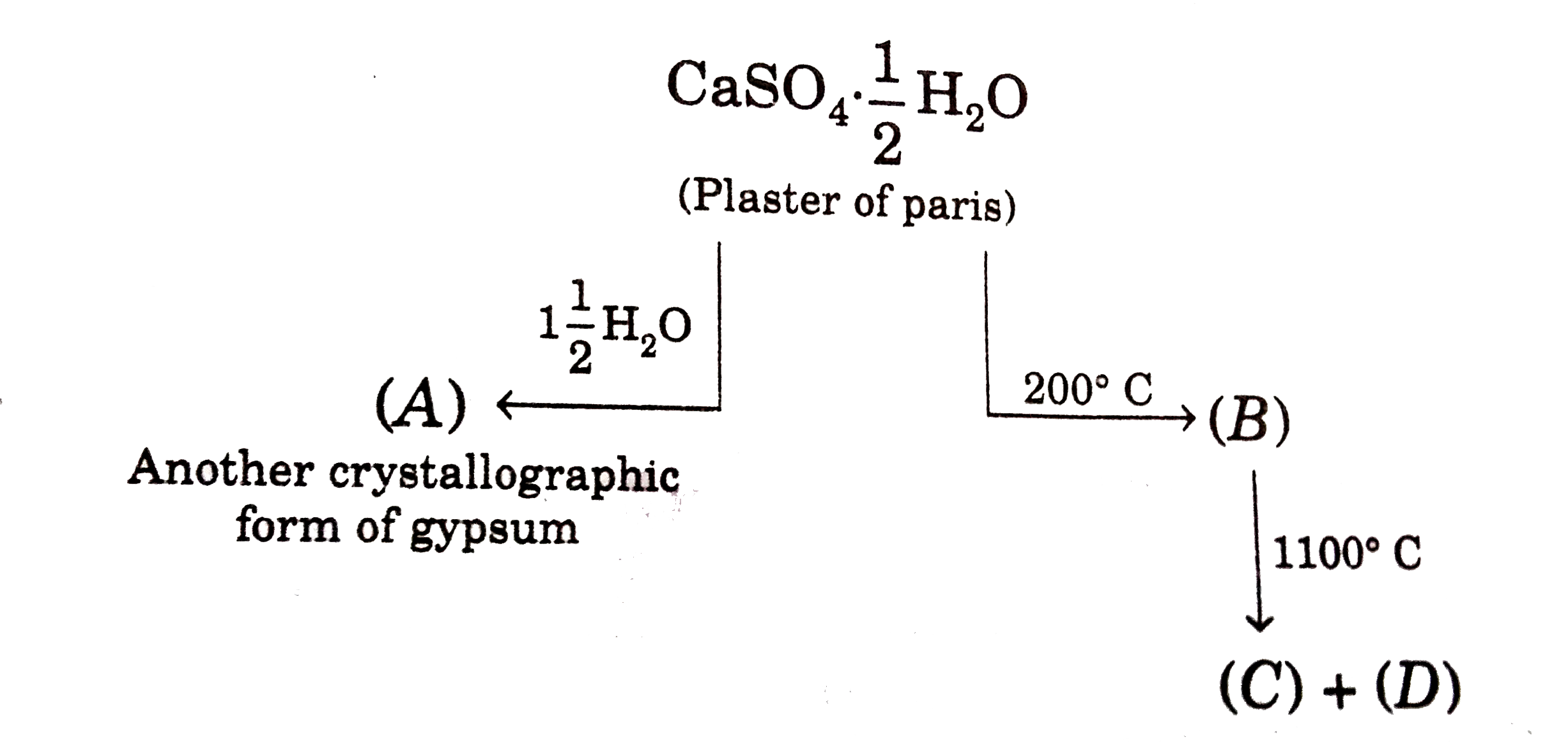
Compound 'C' and 'D' are respectively:View Solution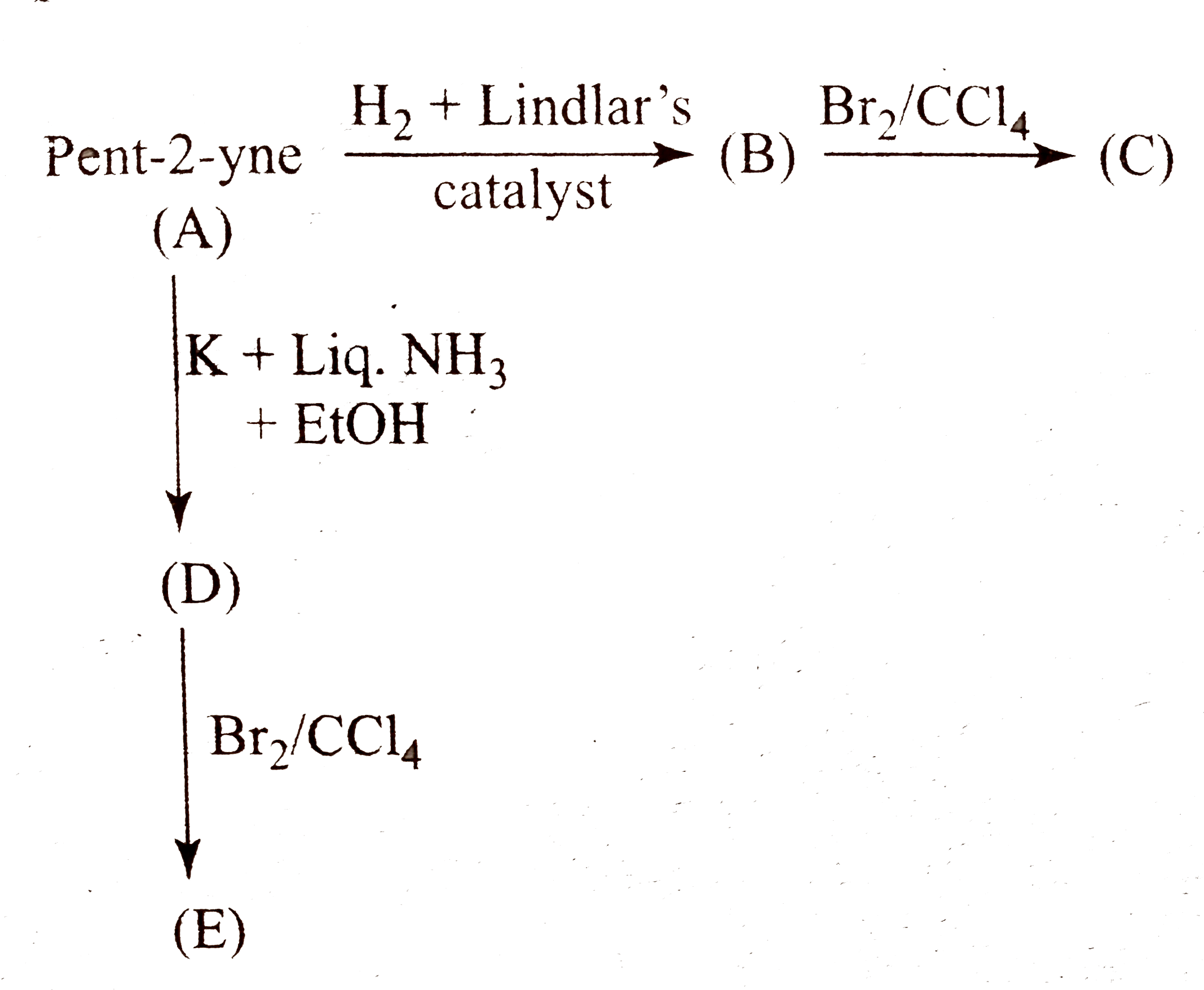
Compound (B) and (D) are, respectively :View SolutionCompound 'A' of molecula formula C4H10O on treatment with Lucas reagent at room temperature gives compound 'B'. When compound 'B' is heated with alcoholic KOH, it gives isobutene. Compound 'A' annd 'B' are respectively
View SolutionCompound 'A' of molecular formula C4H10O on treatment with Lucas reagent at room temperature gives compound 'B'. When compound 'B' is heated with alcoholic KOH, it gives isobutan. Compound 'A' and 'B' are respectively :
View Solution


